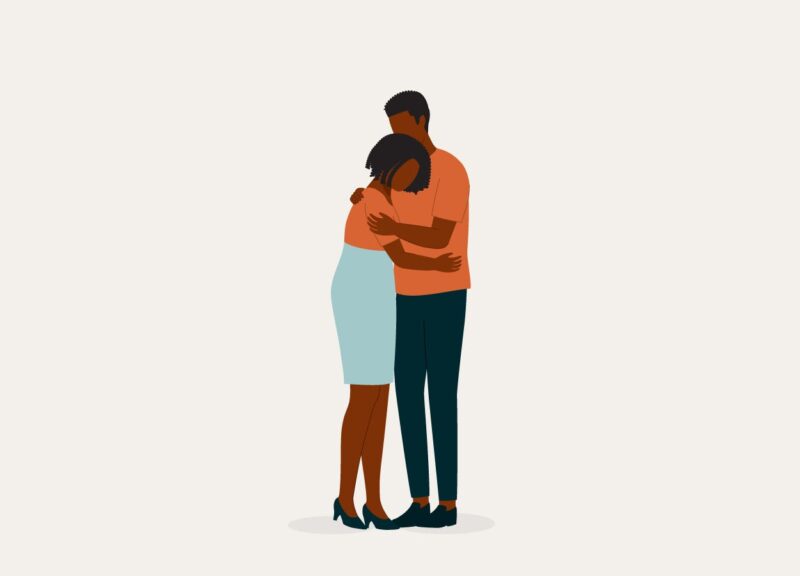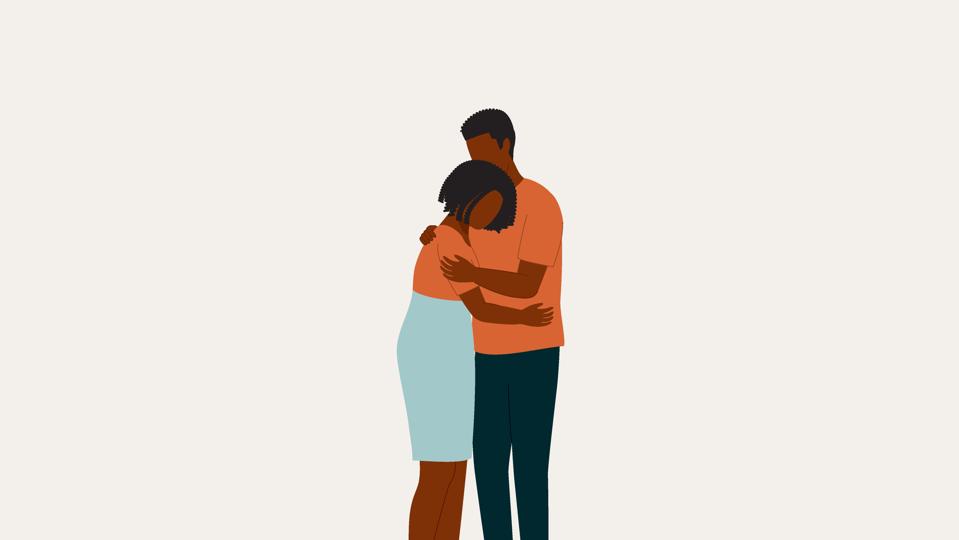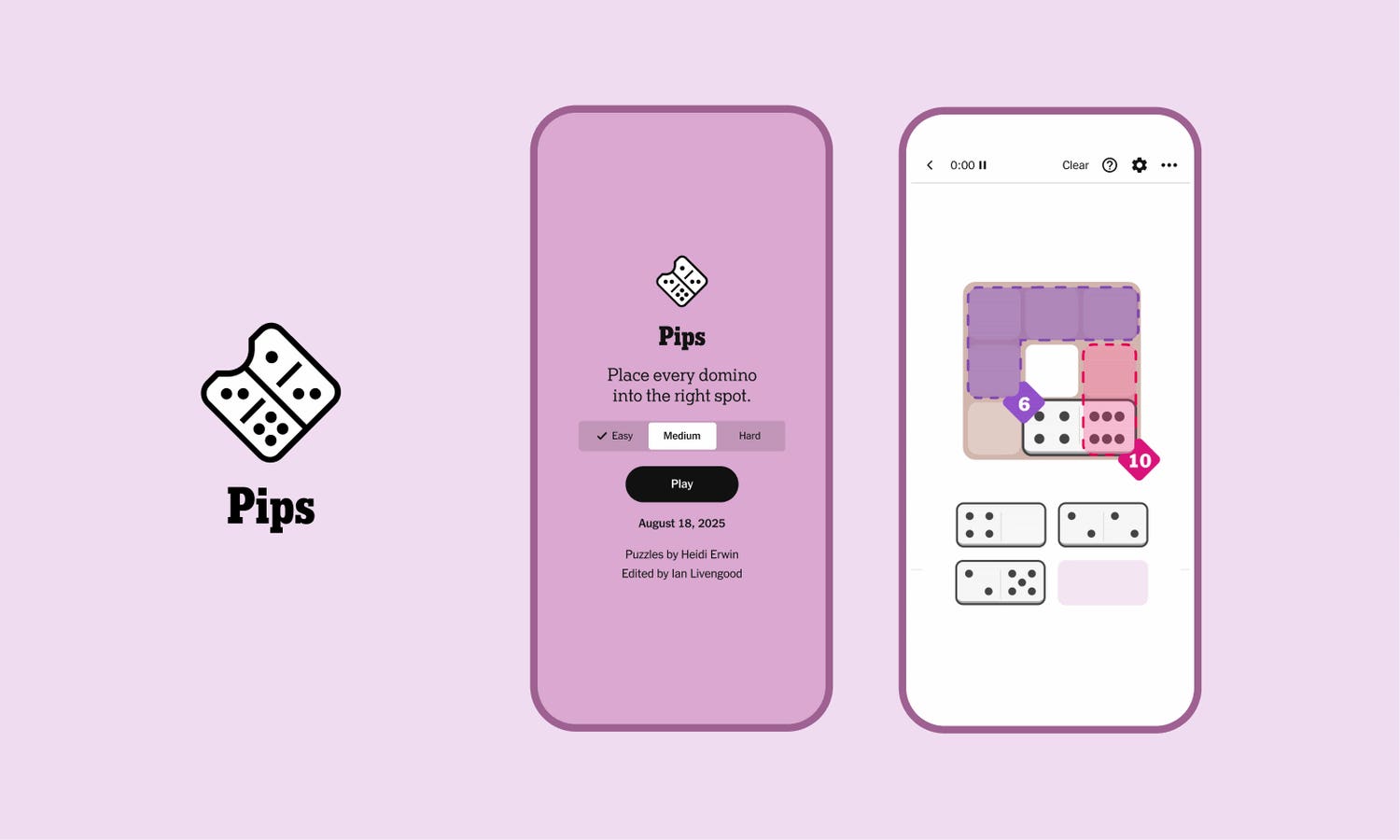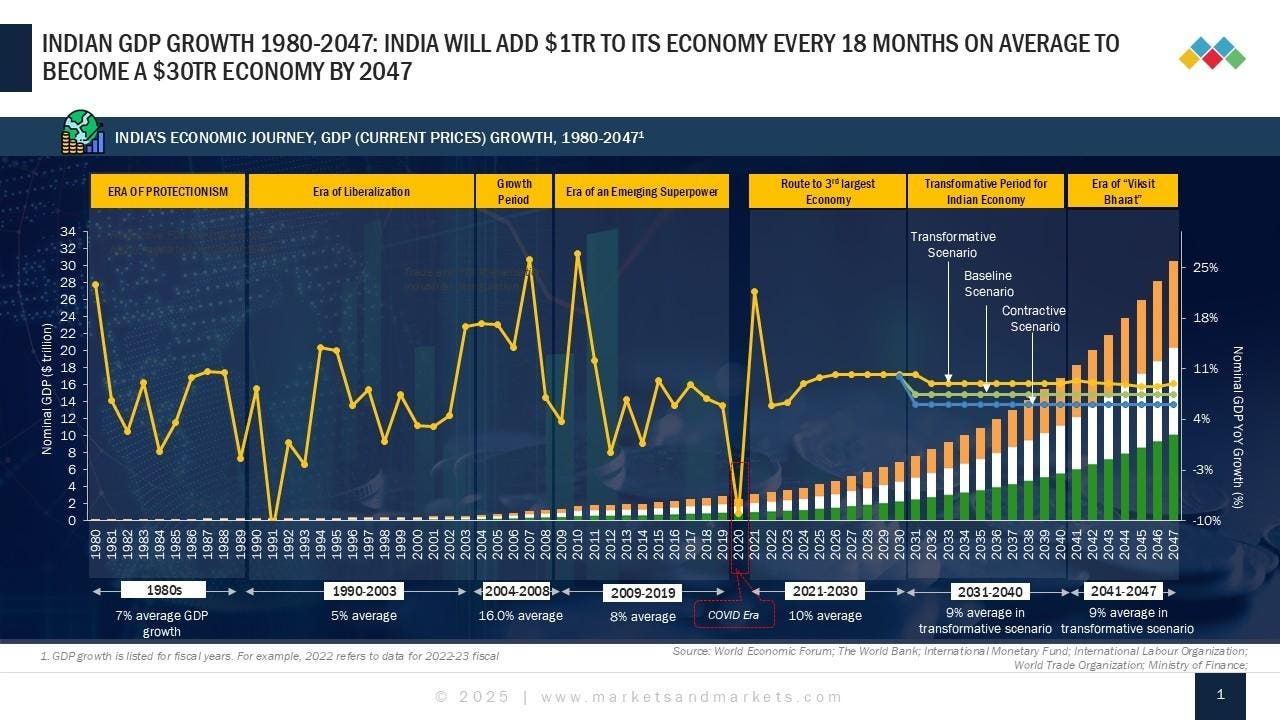Empathy is essential to connection, until it starts erasing the self. These are the two hidden traps even the kindest partners fall into.
getty
The cultural narrative around empathy is overwhelmingly positive, and rightly so. It’s singlehandedly the best tool for couples to navigate conflict and repair ruptures in their bond. But when empathy goes unregulated, it can distort both love and selfhood.
The harsh truth is that a person can’t stay healthy in a long-term relationship if empathy keeps them stuck in a state of self-erasure. The more they fuse their identity with the relationship, the less space there is for real understanding.
This tendency manifests in relationships where one partner in the dynamic feels permanently responsible for the other partner’s emotions. As a result, the other partner is unable to differentiate between their own and the former’s feelings. In the end, while both think they’re being caring, they’re actually just burning out slowly.
Here are the two empathy traps of modern relationships, and how you can be mindful and step over them, especially if you’re a naturally empathetic person.
1. The Overgiver’s Trap
You step into the overgiver’s trap when you unconsciously assume the “caretaker’s” role in a relationship. Naturally empathetic people, who listen deeply, forgive easily and have an instinctual need to understand and not react fall prey to this trap most often.
Excessive emotional generosity eventually leads to emotional depletion. When one person takes on the complete responsibility for another’s emotions, they unintentionally end up pushing their own emotional needs to the backburner.
The caveat is that every time a person keeps calm instead of expressing indignation, or continues to be compassionate while they are deeply hurt, or tries to pour from an empty cup, they end up, bit by bit, turning love into an act of emotional labor rather than a gift given freely.
In a 2024 study study, teachers who were suddenly tasked with supporting distressed students while also managing their own fears reported a sharp rise in emotional labor. The invisible work of managing both their own feelings along with the students’ created intense pressure that overwhelmed their capacity for caregiving.
Despite that, many of them remained “understanding” and “available” to the students. It was remarkable how few showed signs of compassion fatigue, and yet several of them reported burnout. Those who coped better, unsurprisingly, had learned to protect their time and emotional boundaries.
Upon closer inspection, you might notice how partners in relationships tend to follow a similar blueprint, albeit unconsciously. When one partner’s nervous system is constantly serving the other’s emotions, it never gets the chance to return to baseline. They might start to overextend themselves to the point of glorifying exhaustion as empathy, equating their tiredness to the degree of “care” they have for their partner.
However, compassion is only sustainable when paired with recovery. Many might fear that emotional boundaries will limit love, but they actually serve to preserve it. Empathy, as a virtue, should ideally help you become closer without abandoning yourself.
To reset your empathy, you can go through the following three-step process:
- Check for reciprocity. Ask yourself, as well as your partner: Is our empathy a two-way street or a one-way?
- Separate care from control. Sometimes, “helping” is a subtle attempt to manage the other’s discomfort so you can feel safe.
- Reclaim your right to limits. Saying “I can’t talk about this right now” isn’t selfish. In fact, it’s more sustainable.
When empathy becomes performance, you lose access to your own emotional truth. This is the paradox that eventually creates the very distance it was meant to prevent.
2. The Overabsorber’s Trap
This happens to the kind of partner whose mood rises and falls with their partner’s tone, who feels personally destabilized by every sigh or silence. Family systems theorist Murray Bowen called this tendency emotional fusion.
Instead of sharing feelings with their partner, this person and their partner become one big, blended nervous system. Their partner’s anxiety becomes their restlessness. Their partner’s sadness becomes their heaviness. When they’re fully enmeshed, even joy can feel confusing, as it is accompanied by whatever their partner might be feeling in that moment.
The problem, obviously, is that two distinct emotional systems aren’t built to function as one. When partners become enmeshed, that natural mismatch overwhelms the nervous system, creating a constant undercurrent of tension and reactivity.
To understand why this happens, it might help to look at the paradox of empathy itself. Our brains are wired to connect, to feel with rather than merely for each other. But the same neural synchrony that soothes you in one context can flood you in another.
A 2022 brain-imaging study of patients with chronic pain and their clinicians simplifies this concept for us. When patients received painful stimuli in the presence of a supportive clinician, their pain lessened, and both their brains began to synchronize in regions tied to empathy and perspective-taking. The stronger the trust between them, the more closely their neural activity aligned.
This synchrony is what allows compassionate people to help others heal. But in relationships without clear emotional boundaries, that same mechanism can tip into emotional contagion. The circuits that, in moderation, enhance connection, encourage one partner to register the other’s distress as their own. This leaves both partners caught in each other’s emotional storm.
In lieu of co-regulating each other, partners can instead start to dysregulate together. You may find yourself tense when your partner is anxious, flat when they’re down and elated when they’re up. Dysregulation, in short, it defeats these aspects of empathy.
Healthy empathy involves a delicate balance, wherein you understand and soothe the other, but there is enough separation for you to stay grounded in your own emotional center. To dysregulate your empathy, you must remember two rules of thumb:
- Stay anchored. Before responding to your partner’s mood, ask yourself: What’s mine, and what’s theirs?
- Remember not to absorb. You don’t need to feel with someone to be there for them.
If the overgiver deflates due too much labor and the overabsorber collapses because of too much understanding, the most sensible healthy middle ground would be boundaried empathy, and it’s exactly what it sounds like. It’s the ability to be emotionally open while also remaining psychologically distinct. To put it simply, it’s the kind of empathy that allows you to love without losing the “I” inside the “we.”
Is empathy for you carrying half of your partner’s pain or standing beside them while they carry their own? Take the Affective Empathy Scale to find out.









